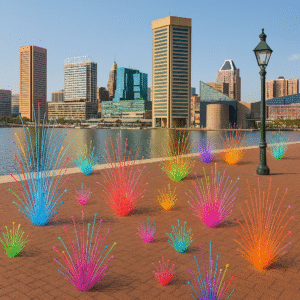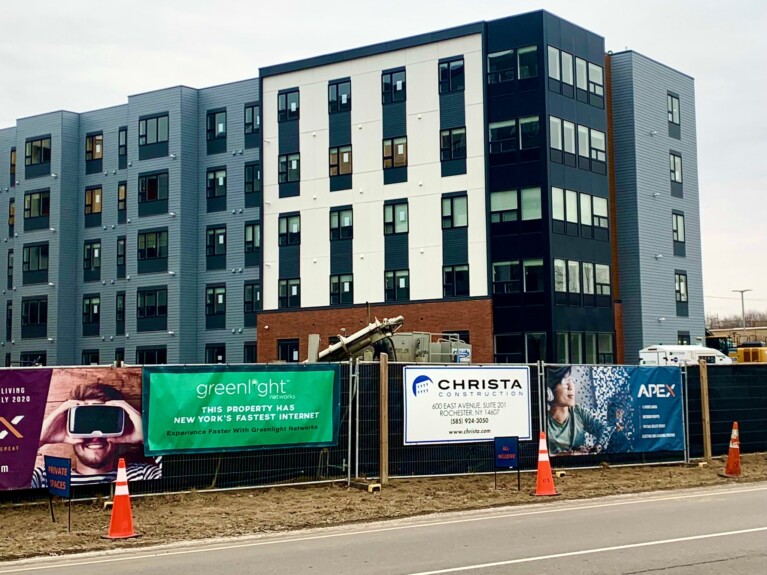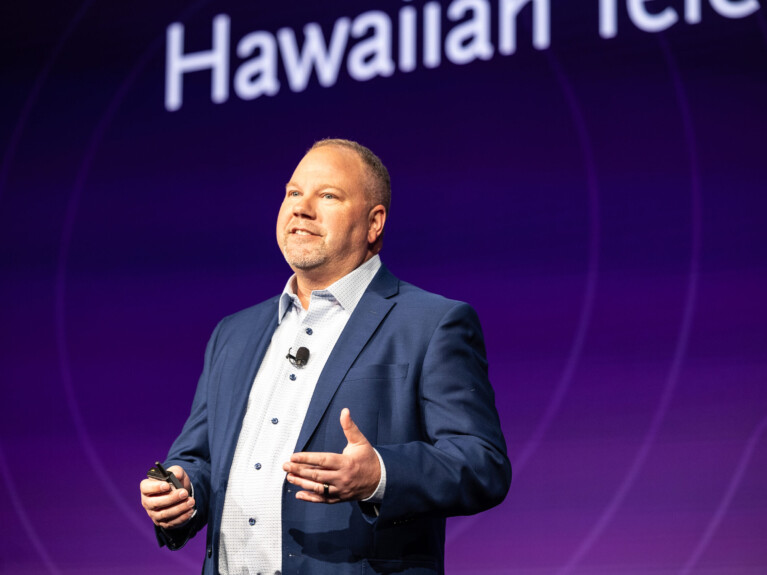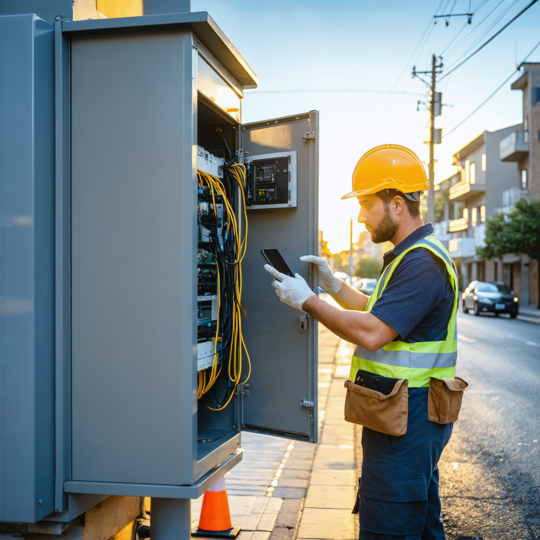Charm City Bootstraps Fiber with ARPA Dollars
Baltimore, Maryland, the birthplace of the national anthem and home of the Orioles and Ravens, has long suffered from a lack of modern telecommunications infrastructure. Incumbent providers ignored low and middle-income households throughout town for decades as they actively pursued financially greener neighborhoods outside the city limits and along the I-95 corridor.
Today, civic leaders are working hard to eliminate the fiber desert, with Baltimore City Office of Information and Technology (BCIT) extending the local government’s middle-mile fiber network and making the physical infrastructure available for third-party commercial use to reach and upgrade the area’s neglected last mile as it builds a dark fiber leasing program.
“We have managed the city’s fiber network for 15 years,” said Kenya Asli, Director, Broadband and Digital Equity, Baltimore City Office of Information and Technology. “Back in 2023, we released our five-year digital inclusion strategy, with one of our goals to focus on fiber. “
An estimated 120,000 households in Baltimore face barriers to accessing affordable, reliable, high-speed internet, according to the “Baltimore City’s Digital Inclusion Strategy 2024-2029.” To reach those households will require leveraging city assets and public-private partnerships, with incentives such as access to dark fiber for core network connectivity, discounted access or free access to city conduit, making space for equipment in enclosures and city communication shelter sites, and facilitation of expedited permitting.
“We were able to secure about $25 million in ARPA funds,” said Asli. “A significant share of that investment is being directed toward expanding the City’s middle-mile fiber infrastructure. Our focus now is on long-term sustainability, leveraging this once-in-a-generation investment to build a self-sufficient model. By leasing available fiber capacity, we can generate recurring revenue to offset the cost of operating and maintaining our broadband assets, including the citywide public Wi-Fi network and the middle-mile connections. Initially deployed to support eight public housing communities, our middle mile network has expanded significantly to reach communities subjected to digital redlining.”
In May 2025, BCIT issued a Request for Proposals for qualified service providers to deliver high-speed affordable internet to more than 4,100 housing units across eight Housing Authority of Baltimore City (HABC) properties. The selected provider will be responsible for connecting each housing unit in every building to the city’s existing broadband infrastructure from the point where city fiber enters the building, providing speeds of at least 250 Mbps with no data caps or hidden fees, as well as providing all installation and maintenance services. An award is anticipated in the fall of 2025.

“But we want to incentivize providers to go beyond those eight locations,” said Asli. “We included two optional elements. The first option incentivizes the service provider to expand coverage to the adjacent community to these eight locations where we have our fiber distribution cabinets. We segmented five of the cabinets to ensure there was available space for expansion to those areas. Each of our cabinets has the capacity to service about 1,152 households. They are not maxed out, so there’s plenty of space. Our second optional element is to take advantage of our three comm shelters and all of our leasable infrastructure to serve Baltimore neighborhoods.”
The new deployment will expand upon existing fiber and city public Wi-Fi coverage through a small-business district designated as one of the city’s Baltimore Main Streets (Pennsylvania Avenue Main Street), eight senior centers, and the city’s 46 rec centers, but getting more end-mile coverage into households is needed. “We don’t want individuals or families sitting in their cars outside the rec center at 10 o’clock at night,” said Asli.
The city has 22,700 fiber strands available for lease that are physically and electronically separated from the city’s internal network that supports public safety functions such as 800 MHz radio and city cameras for security.
“We have totally segmented the two infrastructures,” said Purnell Carter, Sr., Infrastructure Director, Broadband and Digital Equity, Baltimore City Office of Information and Technology. We have a public-facing network and an internal-facing network. At no point do those two networks cross. There’s a true air gap and it was intentionally done that way to prevent any type of cross-contamination in the future. The conduit is segmented as well as the fiber.”
The city doesn’t expect to qualify for state-distributed BEAD money, since most residents are underserved rather than unserved, with DSL and lower-speed cable services currently available to households. BCIT’s hope is that service providers will lease the dark fiber network to more rapidly build out their own coverage, which would provide the city with self-sufficient operational funding of the middle-mile network sometime in the future. It is also prepared to provide additional support to facilitate new service providers coming into town, especially those who aren’t simply looking to cherry pick the most lucrative opportunities.
“You could use our middle mile to get to a neighborhood, and contract with the city to complete your last-mile deployment, where the city would be responsible for all the permitting and construction,” said Asli. “We have several vendors already under contract with the city. [BCIT] can be very helpful navigating the city’s systems. We just deployed a new permitting system, that’s one of the things we are including as we establish the dark fiber leasing office, a dedicated person on staff who can help to navigate all those agencies and processes for the lessee.”
One of the other prospects for BCIT’s dark fiber is that it could be used to build larger routes between locations in Baltimore County, through Baltimore City, and into neighboring Anne Arundel County, linking businesses and organizations with offices across the area. “We’ve identified various locations close to the county lines so we can possibly connect in the future with Anne Arundel County infrastructure or Baltimore County infrastructure,” said Carter.
While the dark fiber leasing program has not been formally announced, BCIT is already in discussions with several service providers who wish to take advantage of it. “I cannot name names, because we have NDAs in place,” said Asli. “But yes, there are service providers we are actively talking to that are interested in our infrastructure and deploying services in Baltimore.”
At least one fiber service provider is already moving into town to fill the last mile void. Greenlight Networks is investing $100 million to deploy a fiber-to-the-home network in various neighborhoods of Baltimore and expects to start offering service in the third quarter of 2025, with the company anticipating connecting “thousands of homes” as early as September 2025, according to a company press release.




